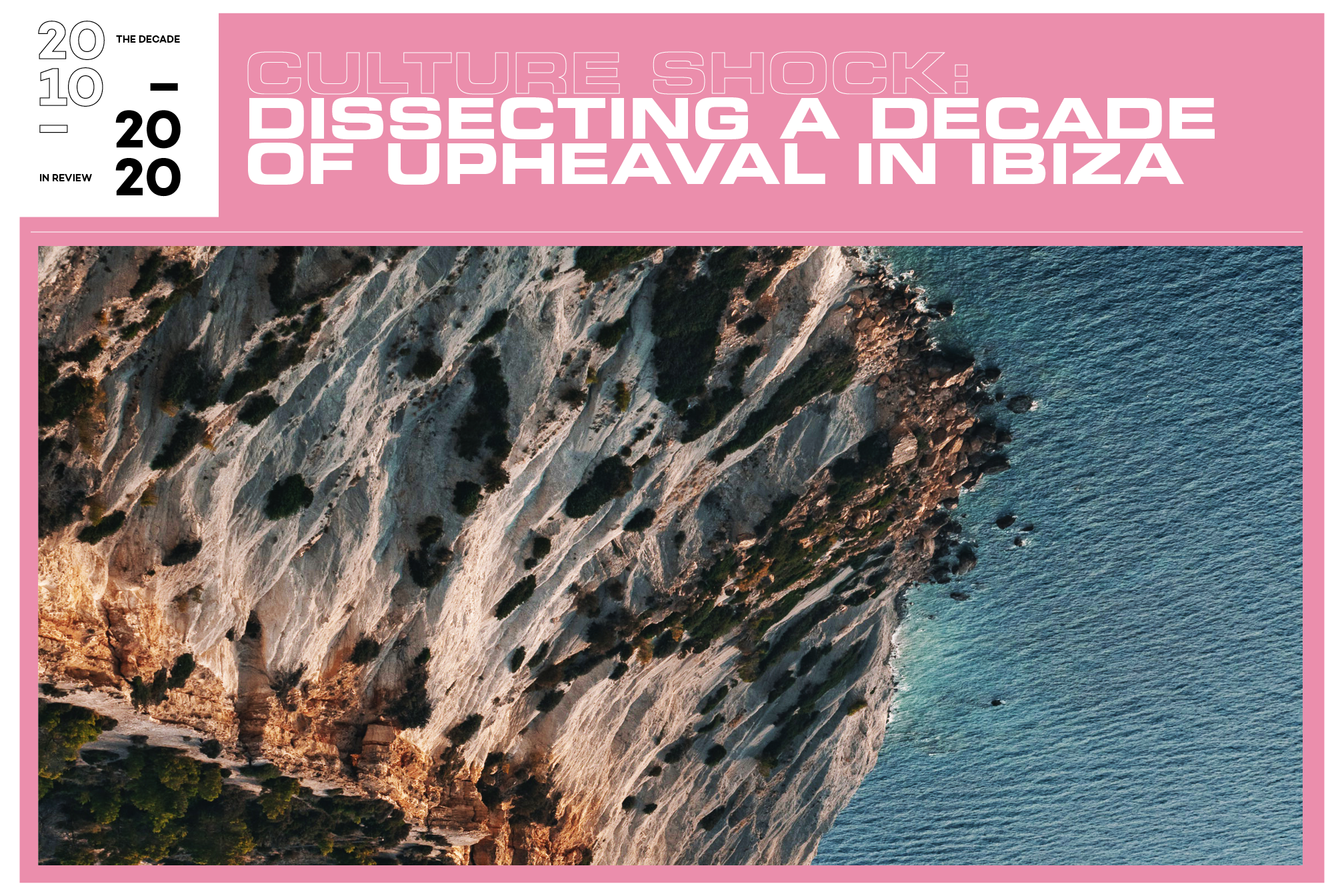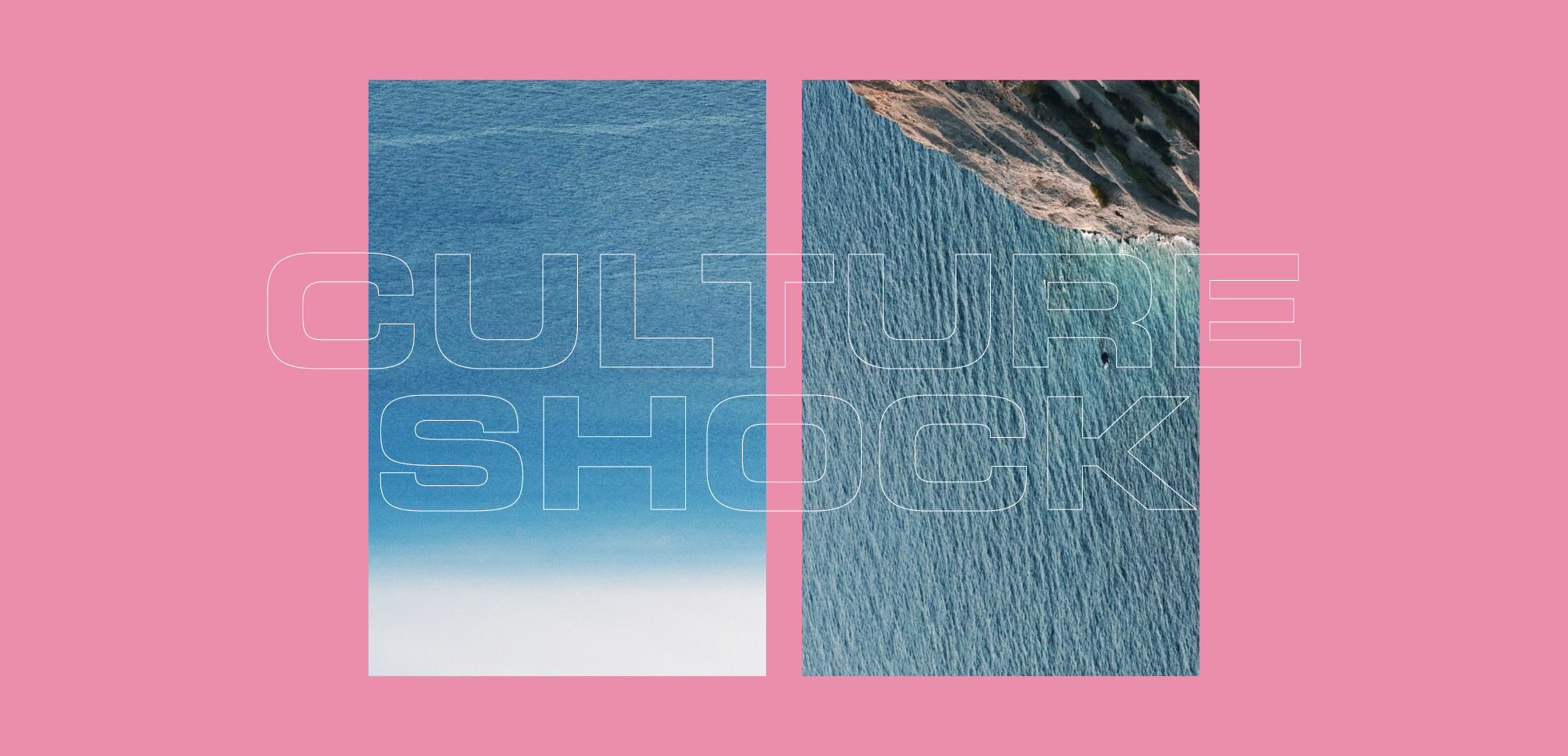 Scene reports
Scene reports
Culture shock: Dissecting a decade of upheaval in Ibiza
A plethora of social, cultural and musical changes have hit the White Isle
Microsoft frontman Bill Gates once said: "We always overestimate the change that will occur in the next two years and underestimate the change that will occur in the next ten." It's a snappy quote that rings true when applied to almost any personal or professional endeavour. Including
In hindsight, the decade began in 2011, when French promoter Yann Pissenem joined forces with Palladium Hotel chieftain Abel Matutes to launch a new high-end, open-air beach club called Ushuaïa in the heart of Playa d'en Bossa, a move which catalysed a plethora of social, cultural and musical trends that would go on to define the decade.
The most significant trend concerned daytime clubbing, the popularity of which would increase exponentially year-on-year. Suddenly ravers had a taste for the great outdoors and as the decade unfolded numerous alfresco venues would spring up to cater to the heightening demand.
Read this next: The best tracks of the 2019 Ibiza Season
In 2012, O Beach landed in
The inception of Ushuaïa also helped to supercharge the big room EDM boom, which peaked in 2016. The sound was also heavily championed by Amnesia, but not so much at Pacha, who chose to counter the advent of Ushuaïa by tempering their bottle service image and repositioning itself as a deep tech venue. Since 2013, Guy Gerber, John Digweed, Maceo Plex, Hot Since 82 and Dixon have all been granted headline residencies in Ibiza Town, as Pacha continues to redefine its identity in a market in which it is no longer the top dog.

In addition to EDM, a flood of urban genres would also establish a temporary foothold on the island as
Read this next: 10 ways Ibiza will change in 2020
Techno, historically one of
It's also important to recognise the similarities between the deep-house explosion of 2012, led by Jamie Jones and his
Read this next: Is there too much techno in Ibiza?
And while we're on the subject of DC10, it's worth remembering that everyone's favourite end-of-the-runway rave den entered the decade in controversial style after being closed for the majority of the 2009 season. When the venue finally reopened much had changed. To harmonise with the demise of post-millennium minimalism, Jamie Jones and Kerri Chandler were brought in to lend a deeper touch to the venue's music policy, while the cranky old speaker system that had fired the club since 1999, was finally replaced by a thumping Void loudspeaker rig. Today, clublife at DC10 remains suitably raw and stripped back, but these days it's relatively controversy free.

Elsewhere along the great timeline, Sankeys rose to rave prominence in 2011, before its doors jammed tightly shut with unpaid bills in 2017. Pikes Hotel recovered its bohemian allure. Italian restaurateur Giuseppe Cipriani opened a new 1,000-capacity dance venue in Marina Botofoch in 2013, but unfortunately BoOom! was beset by legal wrangles from the beginning and, beyond giving rise to Glitterbox, the experiment has largely been forgotten. In 2015, Guy Laliberté, founder of theatrical entertainments company Cirque du Soleil, launched Heart, a new restaurant/nightclub combo set within the grounds of the Gran Hotel, which has found success entertaining yacht owners and shamanic tech devotees. Ultra's all conquering techno brand, Resistance, landed at Privilege in 2017, with juggernaut performers Carl Cox, Paco Osuna, plus a reunited Sasha and John Digweed locked down as its headliners. While over in
But the biggest Balearic story of the decade has to be the closure of Space. After 27 years, Pepe Rosello's world famous discothèque rallied for a final time on October 2, 2016, for what would be the last ever Space Closing Fiesta. The party kicked off at 4pm and ran until 12pm the following day, when techno megalodon and Space figurehead Carl Cox finally brought the curtain down on what will be regarded in years to come as a main era in rave history, dropping 'Wish I Didn't Miss You' by Angie Stone to a teary-eyed crowd.
Read this next: Carl Cox: "If we get a licence, Space Ibiza is 100 per cent coming back"
After the Funktion-One's fell silent, the Ushuaïa Entertainment group moved in to redesign and rebrand the legendary dance hall. Over the wintertime, however, there were moments when it seemed as if the new owners might have bitten off more than they could chew. After all, Space was still considered hallow and subsequently the mood on the forums was emotive to say the least. But as it turned out the transition from Space to Hï Ibiza was relatively easy. When Hï Ibiza launched on May 28, 2017, it quickly became apparent that Abel Matutes and Yann Pissenem had raised the bar on the island for the second time in a decade. The venue wasn't typically Ibizan, but in terms of aesthetic innovation it was light years ahead of anything the island had seen before. Not only was Hï Ibiza busy from the beginning, it was a venue designed to enter the next decade as
Read this next: Get the best of Mixmag direct to your Facebook DMs


